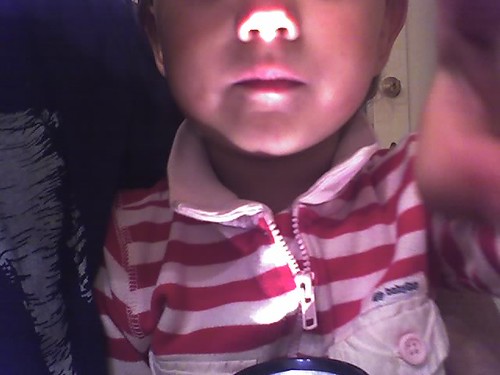Design 2 research posters outlining your chosen activity from the individual and community perspectives. Creation of the research posters will fuel ideas for the creation of your "system". Find out all you can about what it takes for an individual, and community, to be involved in your chosen activity. Utilize the principles learned in Information Architecture to organize, display, and connect relevant points. Design as a team so your posters fit together systematically. Don't forget design & hierarchy, these posters should be engaging, beautiful, and informative.size 2' x 3' (horizontal or vertical pair)
color yes
audience designers, developers, business specialists (imagine presenting this to a hypothetical group that would be funding, programming and advertising this project)
primary considerations- how can you design this information so it will actually be read and utilized?
- is the content both concise and highly informative/useful?
content requirements"individual" poster1. a persona image
2. persona text and/or images describing:
- basic demographic info such as age, education, home, employment, income, etc
- "membership" info (from the reading and/or your own model) such as boundaries, emotional safety, level of belonging and identification, symbols used, etc
- needs for community interaction: what is desired and valued by this person?
- needs for successful activity involvement
"community" postervisually / textually describe the following:
1. basic description of the community
2. activity information such as physical boundaries/setting, what's/who's involved, equipment, etc
3. shared values of the group
4. how influence works (provide an example)
5. how shared emotional connection happens (provide examples)




